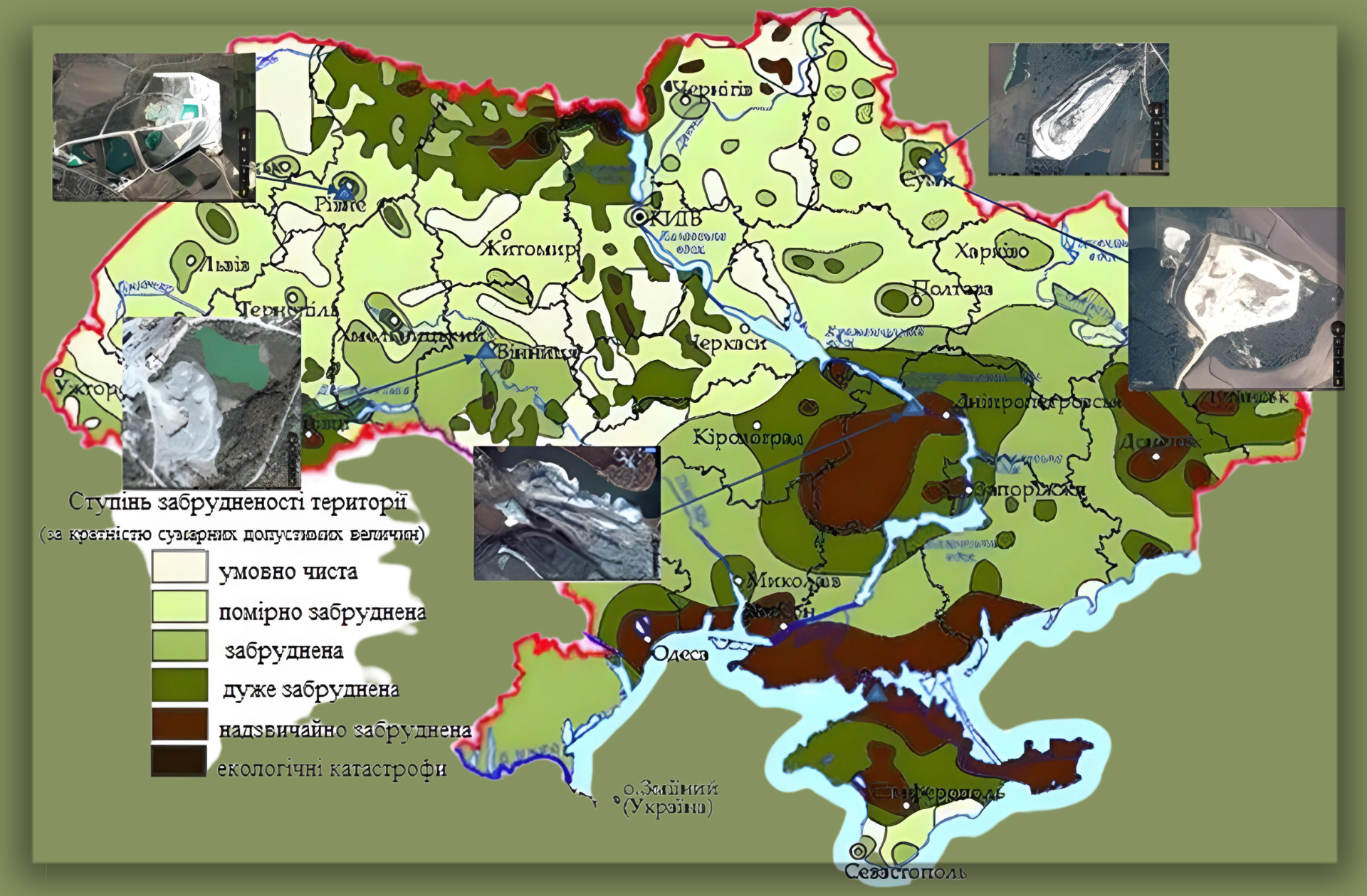New paper published! Agroecological Transformation in the Salt Composition of Soil under the Phosphogypsum Influence on Irrigated Lands in Ukraine
Global climate change and the associated risks to food security are driving the expansion of irrigated agriculture in the Middle East, Africa, Central Asia and Europe. An increase in the share of irrigated agriculture can increase the productivity of agricultural land by an average of 25-35%. There are still unresolved issues regarding the feasibility and effectiveness of applying gypsum to haplic chernozems with a low degree of salinity. In the context of irrigated agriculture in Ukraine, agromeliorative measures with the use of chemical reclamation, which involves the introduction of substances of natural or man-made origin into the soil, are widespread. The use of phosphogypsum can become one of the important directions for the reclamation and amelioration of soils contaminated due to direct and indirect military actions. It is also possible to highlight the features of phosphogypsum that allow it to be used for the development of ecosystem services:
- Phosphogypsum serves as a source of macro- and microelements for the development of various ecotrophic groups of microorganisms;
- The acidic reaction of phosphogypsum creates favourable conditions for the breakdown of organic compounds, such as surfactants, hydrocarbons, and other substances, allowing it to be composted with waste containing such substances as sewage sludge, straw, manure, and bird droppings;
- Composting various types of organic waste together with phosphogypsum, as well as its use together with digestate, significantly improves the sanitary-epidemiological situation and can find practical applications in environmental remediation.
Our article presents the results of phosphogypsum application in Ukrainian steppe conditions. It was shown a significant improvement in the adsorption coefficient of sodium and exchangeable cations was observed when phosphogypsum was applied at a rate of 6 t/ha in the fall moldboard plowing in rainfed conditions. On the contrary, under irrigation, it was more effective to apply phosphogypsum in spring treatment at the rate of 3 tons/ha. Phosphogypsum application under irrigation was found to reduce Cl1- concentration by 13-34% compared to the irrigated control. Application of phosphogypsum with irrigation reduced SAR by 74.5% compared to the control. This supports the theory of the enhanced ameliorative effect of phosphogypsum under irrigated conditions. Further studies are needed to optimize the dosage of phosphogypsum for application to different types of soils.
Citation: Onopriienko, D.; Makarova, T.; Hapich, H.; Chernysh, Y.; Roubík, H. Agroecological Transformation in the Salt Composition of Soil under the Phosphogypsum Influence on Irrigated Lands in Ukraine. Agriculture 2024, 14, 408. https://doi.org/10.3390/agriculture14030408
Authors: Yelizaveta Chernysh and Hynek Roubík from BRT.
For more details on the BRT activities, follow us on social media for regular updates and highlights!


